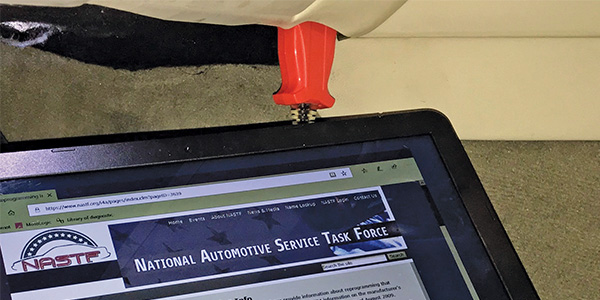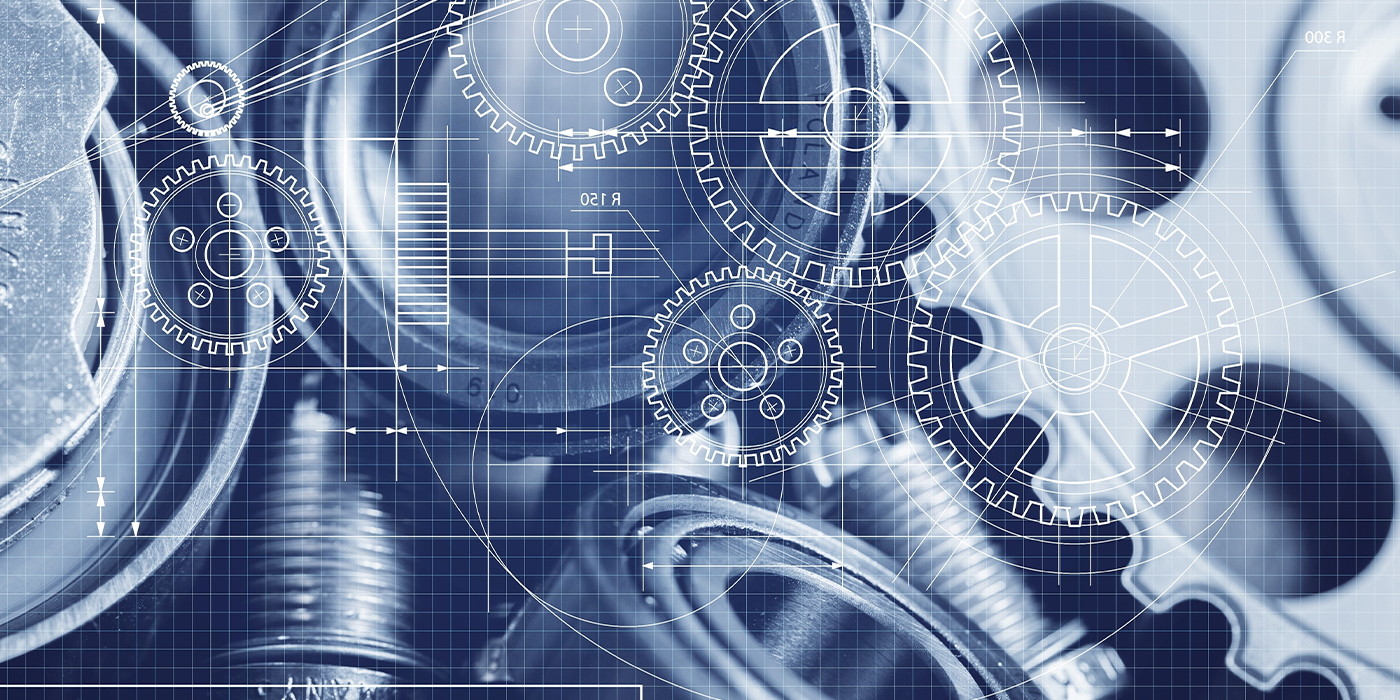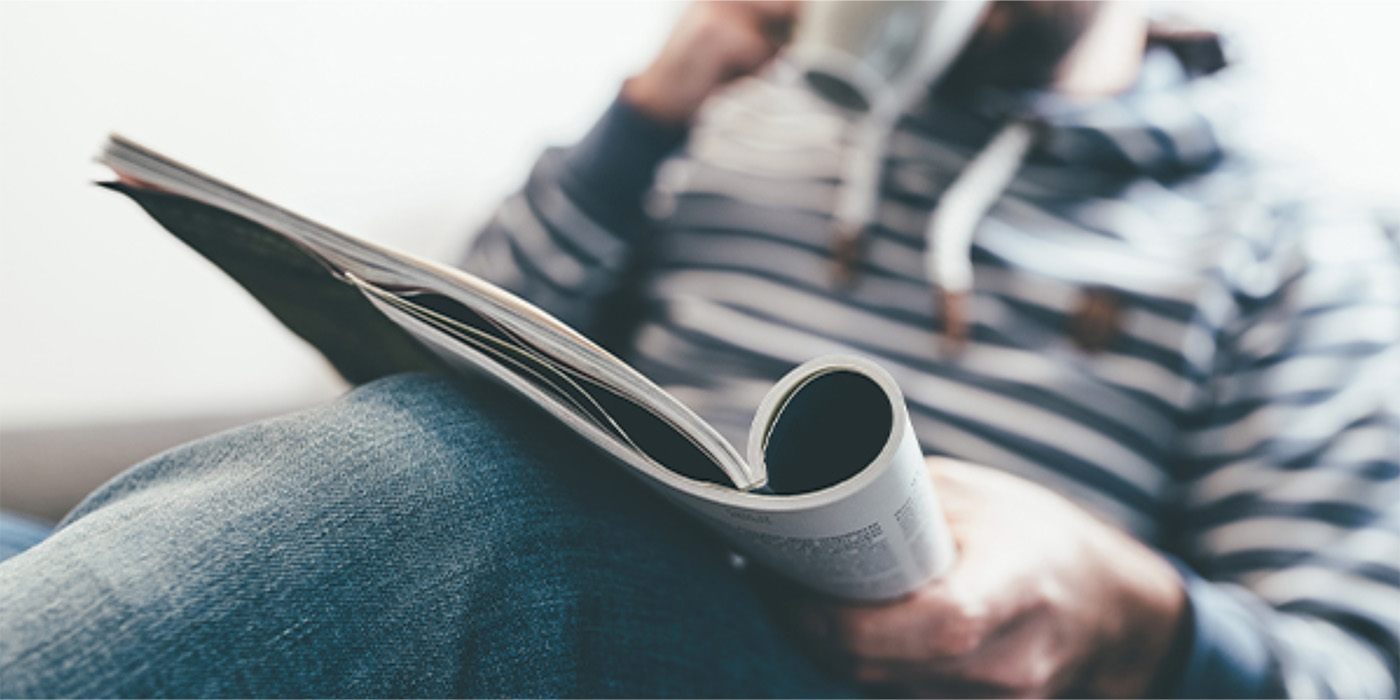
For many of us, J2534 is a nebulous term or one that brings fears of “bricked” modules and hours of frustration to perform what should be a simple firmware update on a vehicle’s module.
The ultimate goal of J2534 for 2018 model year and, in some cases, much earlier vehicles is for shops to be able to run OEM and aftermarket scan tool software and programming applications to include vehicle security over a common standardized Vehicle Communication Interface (VCI).
To help relieve your trepidation with J2534, let’s first start at a high level and talk about what it can do. Our industry has lots of gurus on this topic and, in my experience, they assume a high level of understanding on the part of technicians when they talk about the topic.
The name itself is an SAE (Society of Automotive Engineers) number assigned to a project, protocol or standard. In reality, J2534 is all of the above. It has five different iterations intended to perform different functions when applied to an OBDII-equipped vehicle. That is as deep as I am going to go into SAE for this article.
The original intended use for J2534 protocols was to create a standardized way to update software (firmware) on the powertrain control module on OBDII vehicles. The problem back then, and still present in your bays today, is that the vehicle development cycle was already in motion when J2534-1 was moving from infancy to usefulness.
This means that you have some brands that could not support this type of programming well into the early 2000s. There are workarounds for that group of vehicles, but let’s say they are not very user friendly. In those situations, a factory scan tool is pretty much the only solution.
As time passed, J2534 evolved to include additional capabilities and incorporate some ISO (International Standards Organization) protocols and techniques. This effectively brought more Asian and European cars to the table. During this time, discussions about a standard interface for diagnostics were occurring throughout the industry, and J2534 was chosen as the basis for the “universal” VCI.
As it sits in 2018, automakers have agreed through a Memorandum of Understanding (MOU) to make their diagnostic and reprogramming capabilities available over the J2534 platform.
So, is it truly universal? The short answer; not yet. This is a big topic, so I am going to give you a fairly broad answer from my experience working with toolmakers, technicians and automakers at NASTF. Due to the requirements of making a J2534 tool work as a complete diagnostic solution, there has been impressive collaboration between all the parties and, in my opinion, more has been done in the last 18 months than in any other period since SAE began the project.
The reason that we are not fully universal lies in all the variations of hardware and some legacy protocols that exist on vehicles. With that said, the requirement was for 2018 and beyond models to be fully compliant. Some automakers had such a big change to make that they decided to create a completely new tool to meet the criteria — for example, Ford, Hyundai and Kia. Others have been working on J2534 for some time and are backward compatible for many years of vehicles —Toyota, GM, BMW, Jaguar/Land Rover, to name a few.

So, depending on what you are tooling up for, a complete solution may be available for the VCI portion. This leads me to the last issue we have not talked about, and that is the PC. It would be ideal to be able to run one PC and have every OEM vehicle you work on to be set up on it. There are problems with this from both an IT and pragmatic standpoint.
First, the IT issue. Familiar companies, for example Bosch and Snap-on, develop many of these applications. GM and Ford use a nearly identical Dealer VCI in their tools and these are basically J-boxes, but there may be specific software components that are not compatible on the same computer, which can make the software inoperable. You can have a pair of VCIs that put their software in the same location on your computer, but are not the same versions and you run into a problem. This means that, for most shops, you would want to run several laptops with more than one Windows partition on the hard drive to facilitate different scan tool software.
There are pragmatic business reasons to support this. First, you can buy refurb Windows machines out there for under $400 with adequate drive space, memory and an i5 processor. With a little planning, you can spread your software out between machines and reduce the bottleneck that could occur when every tech wants the same machine.
You might be thinking that you would want to make more than one install of the same tool on multiple machines. For a number of reasons, this will be more of a hassle than you would want to deal with. That will be covered in Part 2 of this article, which will appear in the October issue. Stay tuned.














